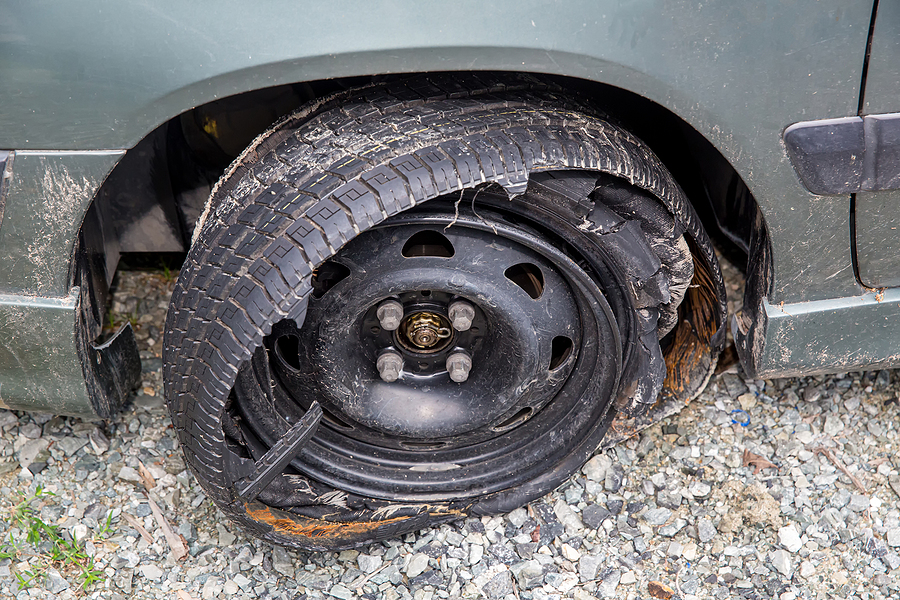 In an accident involving a semi-truck, victims may suffer serious injuries and even die. It is therefore vital to know how to drive safely around a semi-truck or large commercial vehicle.
In an accident involving a semi-truck, victims may suffer serious injuries and even die. It is therefore vital to know how to drive safely around a semi-truck or large commercial vehicle.
Contact Penn Kestner & Mcewen if you or a loved one has been injured in an accident with a large truck. Whether you suffered injuries, lost wages, or pain and suffering after a truck wreck, we can help you. We provide a free, no-obligation consultation to help you determine what legal options you may have.
There are several strategies you can use to reduce your risk of being involved in an accident with a commercial vehicle, such as:
1. Watching for Blind Spots
Blind spots can make it difficult for drivers of semi-trucks and large commercial vehicles to see approaching vehicles. Consider avoiding these areas if you want to avoid being blinded by commercial trucks:
- Up to 20 feet directly in front of the truck
- In the left lane between the front and half of the trailer’s length
- Up to 30 feet directly behind the vehicle
- In two right lanes of the vehicle between the front and half of the trailer’s length
In addition, if you cannot see yourself in a semi-truck’s side-view mirror, it is likely that the driver cannot see you either.
2. Keeping a Safe Following Distance
Keep a safe distance between your vehicle and the semi-truck. To safely maneuver on the highway, large commercial trucks often need more room than passenger vehicles, and following too closely can place you in a dangerous position.
You may have more time to react to dangerous situations if you increase the distance between your vehicle and a semi-truck. After applying their brakes, semi-trucks require longer distances to come to a complete stop. You may increase the likelihood of causing a serious accident if you are too close to the truck.
Leaving at least four seconds between your vehicle and a semi-truck will ensure a safe following distance.
3. Anticipating Wide Turns
Avoid driving near a semi-truck when it is turning wide. Most semi-trucks have a wide turning radius, which reduces the amount of time it takes to stop if the truck takes up most of the road.
Passing a semi-truck that is turning on its own side is not advised if you are near it. To avoid getting in the path of a truck while making a turn, you should also leave plenty of space between the truck and your vehicle.
4. Passing the Truck Safely
If you want to pass a semi-truck safely, you should always be cautious. Overtaking the vehicle’s position on the road should not be attempted recklessly or carelessly.
Make sure you can see the driver of any semi-truck in the mirror before trying to pass it. Signal your intent to change lanes by using your turn signal.
Furthermore, passing the truck quickly and staying out of the driver’s blind spot will maximize your safety. If you are pulling in front of a semi-truck, make sure it is visible in your rearview mirror.
5. Staying Focused
When driving your vehicle, you should keep your eyes on the road. You should avoid distractions, such as using your cellphone, GPS device, adjusting your vehicle’s features, or engaging in any other distraction while operating a vehicle.
You are better able to detect semi-trucks driving next to you if your eyes are focused on the roadway. Distracted driving reduces your ability to react to unexpected hazards, such as a semi-truck making a turn or losing control due to a blown tire.
Contact an Attorney After an Accident
When driving semi-trucks, you can reduce your risk of being involved in a truck accident by driving cautiously. In any event, if you are injured in a collision caused by a semi-truck, don’t hesitate to reach out to a lawyer to discuss filing a personal injury claim.
Penn Kestner & Mcewen in Minneapolis have helped many accident victims receive the justice and compensation they deserve after suffering an injury due to the negligence of another. We will review the circumstances behind your accident and help you determine if you may be owed compensation from the trucking company or truck’s driver.
There is no risk in contacting us for a free, no obligation consultation to find out if you have a case.



